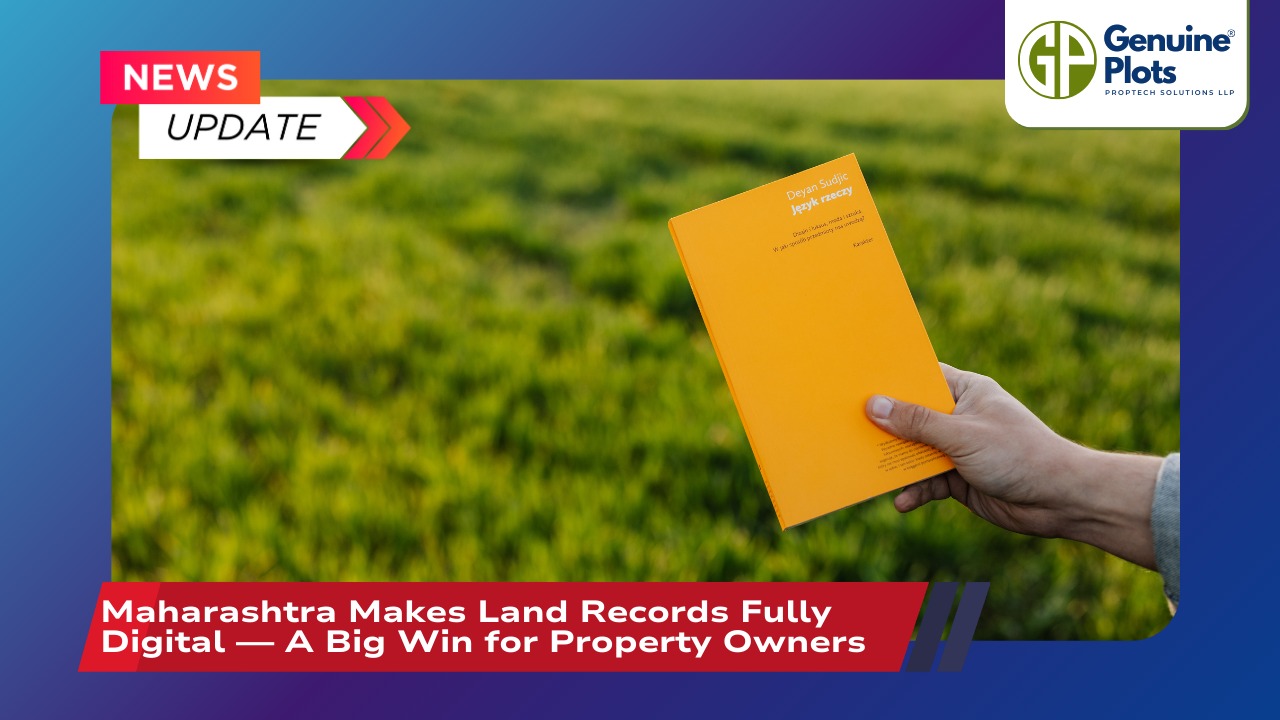Prev Post
What Is Abadi Land? | Everything You Need to KnowUnderstanding the types of agricultural land in India helps farmers, investors, and land buyers make better decisions. India’s land is broadly divided into five main categories based on how it is used.
1. Arable Land
- This is land used for growing regular seasonal crops such as wheat, rice, pulses, and vegetables.
- It is also called the net sown area — land that is ploughed and cultivated every year.
- This is the most important land type for India’s food production.
2. Horticultural Land
- Used for fruits, vegetables, flowers, spices, and herbal plants.
- Often provides higher income than regular crops because fruit and vegetable farming can be more profitable.
- Commonly used for orchards (mango, banana, pomegranate), flower farms, and vegetable fields.
3. Pasture / Grazing Land
- Land where cattle, sheep, and goats graze naturally.
- Essential for the dairy and livestock industry.
- The land may not be suitable for crop farming, but it supports rural livelihoods through animals.
4. Plantation Land
- Used for long-term commercial crops like tea, coffee, rubber, coconut, and sugarcane.
- These crops grow for many years and require large, well-managed farmland.
- Plantation land is usually found in regions with a suitable climate and good rainfall.
5. Fallow Land
- Land that is left uncultivated for some time so that the soil can rest and regain fertility.
- Farmers leave land fallow to restore nutrients and improve future crop yield.
- Some land may be fallow for one year, and some may remain unused for a longer period.
Why These Categories Matter
- Helps farmers choose the right type of farming.
- Helps buyers understand what kind of land they are purchasing.
- Helps the government plan water usage, irrigation projects, and agricultural policies.
- Ensures sustainable use of land and better crop management.


.jpg)




